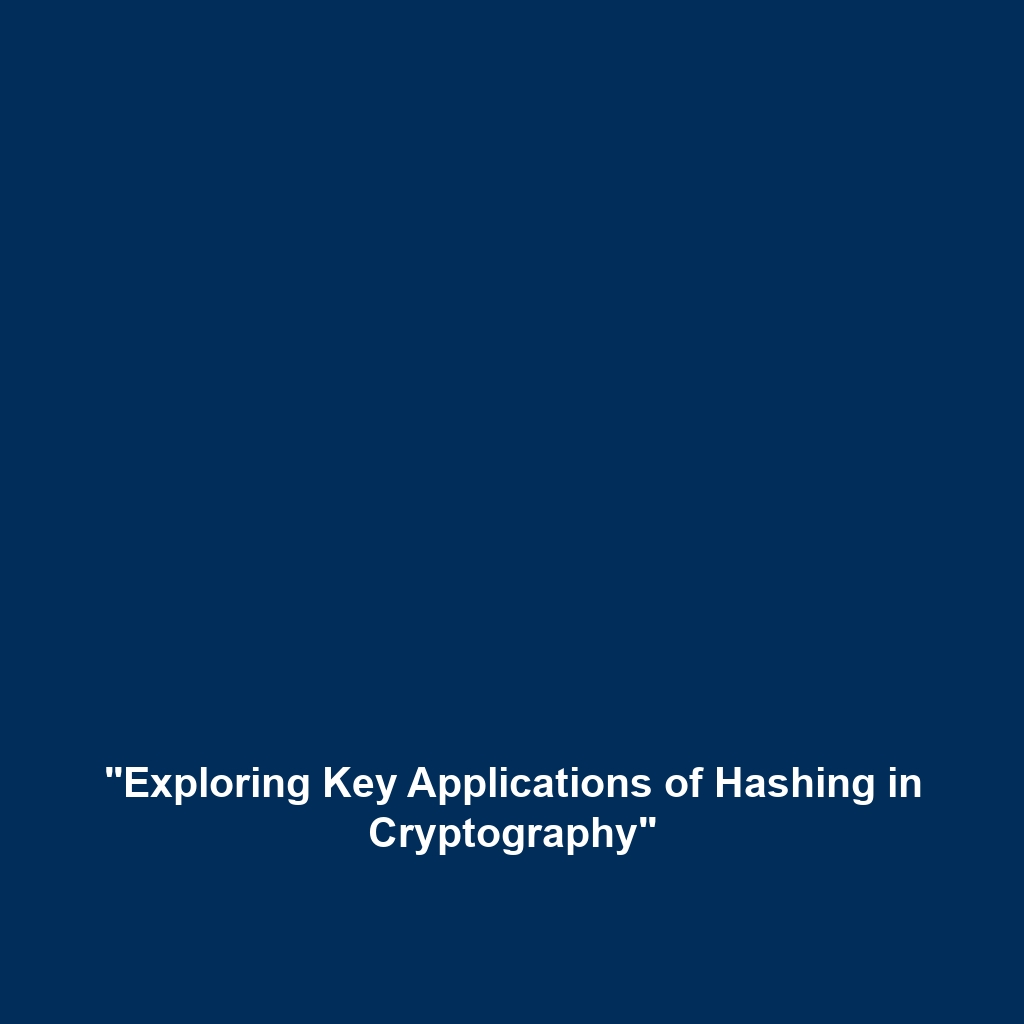Applications of Cryptography in Software Distribution, Contract Signing, and Securing Online Transactions
Introduction
In today’s digital age, the significance of applications in software distribution, contract signing, and securing online transactions cannot be overstated. These areas are crucial for ensuring data integrity, confidentiality, and security in various transactions. Cryptography plays a pivotal role in these applications, serving as the backbone of secure communication and transaction protocols. By leveraging cryptographic techniques, entities can safeguard sensitive information, establish trust, and facilitate smooth operations across various industries, providing an essential layer of security in our increasingly interconnected world.
Key Concepts
1. Fundamentals of Cryptography
Cryptography involves the use of mathematical techniques to secure information, focusing on key concepts like encryption, decryption, digital signatures, and hash functions. These principles are integral to applications in software distribution and online transactions.
2. Digital Signatures
Digital signatures, a fundamental aspect of contract signing and transaction security, utilize cryptographic algorithms to verify the authenticity of digital messages or documents. This prevents unauthorized alterations and assures parties of the document’s integrity.
3. Encryption Methods
Encryption methods, including symmetric and asymmetric encryption, fortify online transactions by encoding information, ensuring that sensitive data remains confidential during transfer and storage.
Applications and Real-World Uses
Applications of cryptography in software distribution, contract signing, and securing online transactions cover a wide range of practical uses. Here are several notable examples:
- Software Distribution: Cryptographic hashes validate software integrity during downloads, preventing the installation of corrupted or malicious files.
- Contract Signing: Many businesses use blockchain technology for digital signatures, offering transparency and immutability in contractual agreements.
- Online Transactions: E-commerce platforms implement SSL/TLS protocols to encrypt customer data, protecting sensitive information during online payments.
Current Challenges
Despite advancements, several challenges exist in applying applications in software distribution, contract signing, and securing online transactions within the field of cryptography. Some current issues include:
- Scalability: As transaction volumes increase, the traditional cryptographic methods often struggle to scale effectively.
- Performance: Cryptographic operations can introduce latency in software applications, affecting user experience.
- Complexity: Integrating cryptographic techniques without adequate expertise can lead to misconfigurations or vulnerabilities.
Future Research and Innovations
The future of applications in software distribution, contract signing, and securing online transactions is bright, with several innovations on the horizon:
- Quantum Cryptography: Research is underway to harness quantum mechanics for developing unbreakable encryption methods.
- Blockchain Advancements: Emerging blockchain solutions promise enhanced security and efficiency in contract execution.
- Machine Learning: Innovative approaches using machine learning could enhance fraud detection in online transactions.
Conclusion
In summary, the applications of cryptography in software distribution, contract signing, and securing online transactions are integral to ensuring confidentiality and trust in the digital landscape. As technology evolves, continuous research and development are essential to overcome existing challenges and capitalize on future innovations. For those interested in delving deeper into the measures above, consider exploring our articles on software distribution security, contract signing methods, and online transaction safety measures.

Leave a Reply